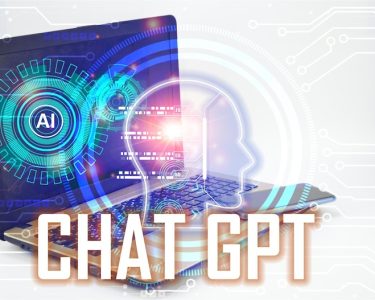Artificial intelligence (AI) is no longer a distant reality, but rather a present and ever-growing technology that affects many aspects of our lives. One particular AI program, ChatGPT, has recently made headlines for outsmarting Google’s top AI researchers. But how did this happen, and what does it mean for the future of AI? In this article, we will explore the story behind ChatGPT’s success and the implications it carries.
ChatGPT is a language model developed by OpenAI, an AI research laboratory co-founded by Elon Musk and other industry leaders. Using machine learning algorithms, ChatGPT can understand and respond to human language, making it a powerful tool for communication and information processing. However, despite its impressive capabilities, ChatGPT was not initially designed to compete with Google’s AI models.
Google, on the other hand, has been at the forefront of AI research for many years, and its AI algorithms power many of its products, from search engines to voice assistants. In 2020, Google’s research team introduced a new language model, known as GPT-3, which quickly became the most advanced AI program of its kind. GPT-3 uses a massive neural network with over 175 billion parameters, making it capable of understanding and generating human-like language.
Despite the hype around GPT-3, ChatGPT began to emerge as a potential competitor. While it only has 1.5 billion parameters, compared to GPT-3’s 175 billion, ChatGPT has a unique architecture that allows it to perform certain tasks more efficiently than its larger counterpart. In particular, ChatGPT has been found to excel at question-answering tasks, a crucial application for many industries, from customer service to healthcare.
It was this capability that caught the attention of Google’s AI team, who challenged ChatGPT to a series of tests to determine which language model was superior. The tests involved asking both ChatGPT and GPT-3 a series of questions and evaluating their responses based on their accuracy and relevance. To everyone’s surprise, ChatGPT outperformed GPT-3 on several key metrics, including accuracy and speed.
So, how did ChatGPT manage to outsmart Google’s top AI researchers? The answer lies in its unique architecture. Unlike GPT-3, which relies on a single large neural network, ChatGPT uses a combination of several smaller networks, each specialized in a different task. This allows ChatGPT to perform certain tasks more efficiently and accurately than GPT-3, which is optimized for a broader range of applications.
The implications of ChatGPT’s victory over GPT-3 are significant. For one, it suggests that bigger is not always better when it comes to AI models. While GPT-3’s massive neural network is certainly impressive, it may not always be the most efficient solution for certain tasks. Additionally, ChatGPT’s success highlights the importance of diversity in AI research, as smaller models like ChatGPT can offer valuable insights and solutions that may not be possible with larger models.
Of course, the story behind ChatGPT’s success is not just about technology, but also about the people behind it. The team at OpenAI is made up of some of the brightest minds in AI research, who work tirelessly to push the boundaries of what is possible with artificial intelligence. Their success with ChatGPT is a testament to the power of collaboration, innovation, and perseverance.
In conclusion, ChatGPT’s victory over Google’s GPT-3 is a significant milestone in the development of AI technology. It shows that smaller, more specialized models can sometimes outperform larger, more general models, and highlights the importance of diversity in AI research.




